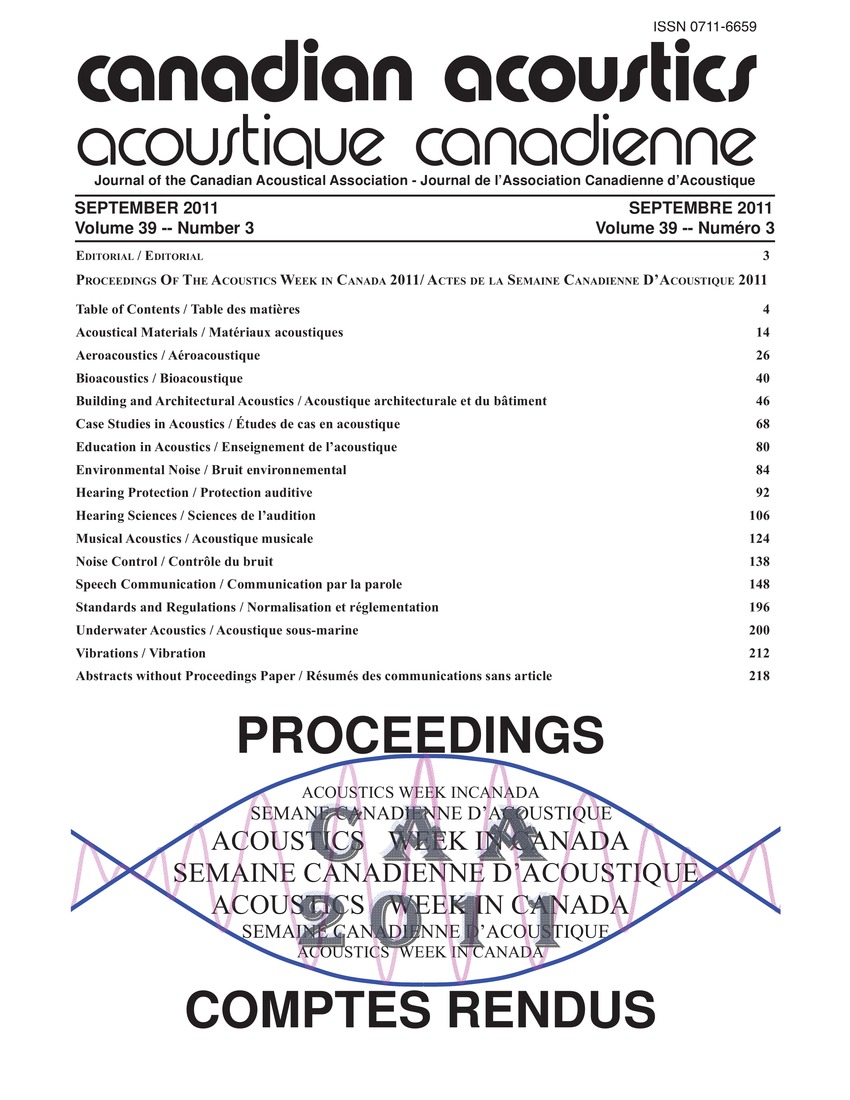EGG study of Czech phoneme /r/
Keywords:
Potential sources, Wave formsAbstract
The article utilizes electroglottography (EGG) to test for a difference in laryngeal setting as the potential source of acoustic distinction inexplicable by tongue height. Due to the spectrographic evidence which shows that becomes more fricated towards the end of the sound, particularly in word-initial and word-final positions. EGG waveforms were inverted and smoothed using EGG Works. This suggests that the first portion of this sound is simply the glottis transitioning from modal voice to a more open glottis, setting up the conditions necessarily for trilling and breathiness to co-occur, the fact that the trilling happens during the second portion, as well as the high H1-H2 of the portion before frication, supports this claim. This is most evident in the word-initial and word-final positions but also obtains intervocalically for many speakers.Additional Files
Published
How to Cite
Issue
Section
License
Author Licensing Addendum
This Licensing Addendum ("Addendum") is entered into between the undersigned Author(s) and Canadian Acoustics journal published by the Canadian Acoustical Association (hereinafter referred to as the "Publisher"). The Author(s) and the Publisher agree as follows:
-
Retained Rights: The Author(s) retain(s) the following rights:
- The right to reproduce, distribute, and publicly display the Work on the Author's personal website or the website of the Author's institution.
- The right to use the Work in the Author's teaching activities and presentations.
- The right to include the Work in a compilation for the Author's personal use, not for sale.
-
Grant of License: The Author(s) grant(s) to the Publisher a worldwide exclusive license to publish, reproduce, distribute, and display the Work in Canadian Acoustics and any other formats and media deemed appropriate by the Publisher.
-
Attribution: The Publisher agrees to include proper attribution to the Author(s) in all publications and reproductions of the Work.
-
No Conflict: This Addendum is intended to be in harmony with, and not in conflict with, the terms and conditions of the original agreement entered into between the Author(s) and the Publisher.
-
Copyright Clause: Copyright on articles is held by the Author(s). The corresponding Author has the right to grant on behalf of all Authors and does grant on behalf of all Authors, a worldwide exclusive license to the Publisher and its licensees in perpetuity, in all forms, formats, and media (whether known now or created in the future), including but not limited to the rights to publish, reproduce, distribute, display, store, translate, create adaptations, reprints, include within collections, and create summaries, extracts, and/or abstracts of the Contribution.


